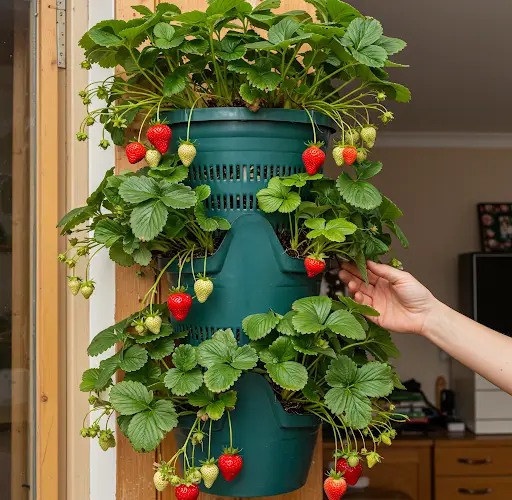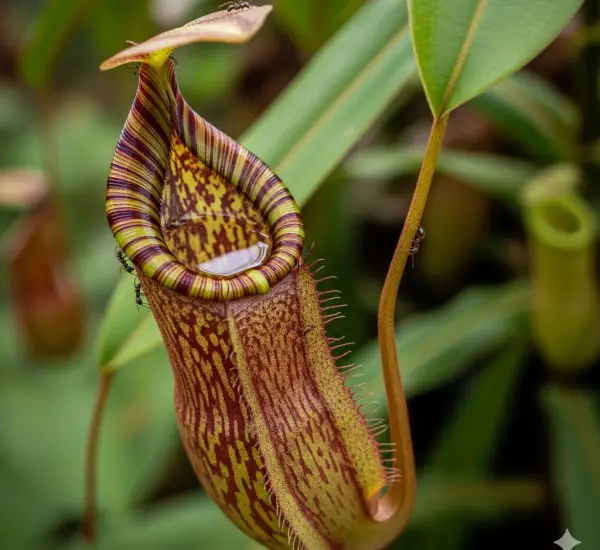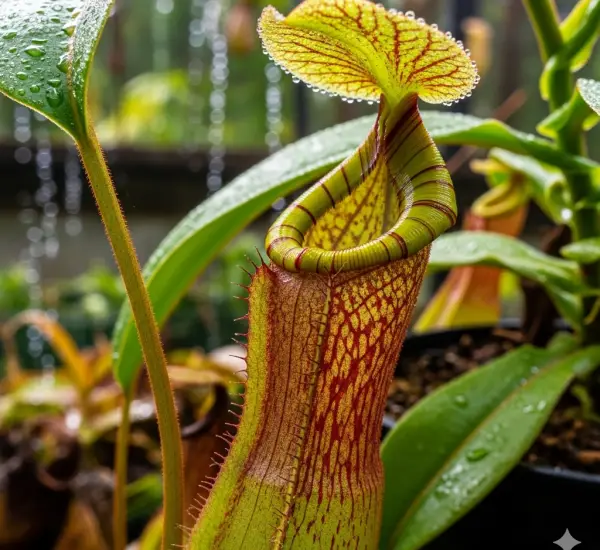Creating a Vertical Strawberry Garden from a Plastic Basket
Strawberries are one of the most beloved fruits, prized for their sweet, juicy flavor and versatility in various dishes. However, growing them in a traditional garden can take up valuable space, making them difficult to cultivate in small or urban environments. Fortunately, there’s a clever solution: a vertical strawberry garden made from a plastic basket. This method not only saves space but also enhances the plant’s productivity, as the strawberries thrive in a vertical position and are easier to access and harvest. Here’s how you can grow your own vertical strawberry garden using a plastic basket at home.
Why Choose a Vertical Strawberry Garden?
A vertical strawberry garden offers several advantages, especially for people with limited space. Here’s why this method is ideal:
-
Space Efficiency: Vertical gardening allows you to grow strawberries in a small footprint. It’s perfect for balconies, patios, or small gardens where traditional horizontal planting would take up too much room.
-
Better Air Circulation: Growing strawberries vertically improves airflow around the plants, which can help reduce the risk of diseases like mold or mildew.
-
Easy Harvesting: The strawberries grow at an accessible height, making them easier to pick without the need for bending over or kneeling.
-
Improved Drainage: The design of a vertical garden allows for better drainage, preventing waterlogging and root rot.
-
Aesthetic Appeal: A vertical strawberry garden can be an attractive feature in your home or garden, with cascading plants that offer both visual interest and fresh fruit.
Materials You’ll Need
Creating a vertical strawberry garden from a plastic basket is simple and cost-effective. Here’s what you’ll need to get started:
-
Plastic basket (a medium to large-sized one works best)
-
Potting soil (light, well-draining soil is ideal)
-
Strawberry plants or strawberry seeds
-
A drill or knife (to make holes in the basket)
-
Twine or rope (optional, for securing the basket)
-
A sturdy base or stand (if you want to elevate the basket)
Step-by-Step Guide to Creating Your Vertical Strawberry Garden
1. Prepare the Plastic Basket
The first step is to prepare your plastic basket. Select a basket that is sturdy and has enough depth to accommodate the strawberry plant’s root system. If the basket doesn’t have holes, use a drill or knife to make several drainage holes at the bottom. This will prevent water from accumulating and ensure the roots have good drainage.
Next, you’ll need to create planting holes in the sides of the basket. Use your drill or knife to cut small, evenly spaced holes around the perimeter of the basket. The holes should be large enough to fit the roots of the strawberry plants but not too big that the plants fall through. These side holes are where the strawberries will grow, hanging downward for an aesthetic cascading effect.
2. Prepare the Potting Soil
Strawberries prefer light, well-draining soil that retains moisture but doesn’t become soggy. You can purchase a good-quality potting mix or create your own by mixing equal parts of compost, peat moss, and perlite or sand. Fill the basket with this soil mixture, leaving enough space at the top to plant the strawberry seedlings or seeds.
3. Plant the Strawberries
Now it’s time to plant your strawberries. If you’re starting with seedlings, gently remove them from their pots and place the roots through the holes on the sides of the basket. You want the root system to be fully supported by the soil, while the plant itself should sit just above the surface of the basket. Make sure the leaves are facing outward, as this will help the plant thrive.
If you’re planting strawberry seeds, it’s better to start them indoors and transplant them into the basket once they’ve developed into small seedlings. This way, the plants have a better chance of thriving in the basket’s vertical setup.
Place the strawberry plants in the basket, filling the soil around the roots and ensuring they are firmly supported. You should aim for about 4-6 plants per basket, depending on the size of the basket and how much space you want to give each plant.
4. Position the Basket
Once the basket is filled with plants, it’s time to position it. You can either place the basket directly on the ground or elevate it using a stand, shelf, or a sturdy pole. If you prefer to keep it on the ground, make sure it’s in a spot that gets plenty of sunlight—strawberries need at least 6 hours of direct sunlight per day.
If you decide to hang the basket, use twine or rope to secure the basket and ensure it stays stable. The advantage of hanging the basket is that it maximizes vertical space, making it even more space-efficient.
5. Watering and Maintenance
Strawberries need consistent moisture, especially during the growing season. Since the basket’s vertical design allows water to drain out more easily, it’s important to water the plants regularly to keep the soil moist but not soggy. Water deeply so that it reaches the roots at the bottom of the basket. Check the soil frequently to ensure it doesn’t dry out completely, but avoid overwatering, which can lead to root rot.
In addition to watering, it’s essential to fertilize your strawberry plants every 3-4 weeks. Use a balanced, organic fertilizer to encourage healthy growth and fruit production. Be sure to follow the manufacturer’s instructions for fertilizing, as too much fertilizer can harm the plants.
6. Supporting the Plants
As the strawberries grow, you may need to provide support for the plants. The vertical setup means that the plants will produce fruit that hangs downward. You can use small stakes or plant supports to keep the vines upright and prevent them from trailing on the ground. This also helps prevent the strawberries from touching the soil, reducing the risk of rot and pests.
7. Harvesting the Strawberries
When your strawberries begin to ripen, you’ll want to harvest them as soon as they are fully colored. Unlike some fruits that continue to ripen off the vine, strawberries don’t improve much after being picked, so it’s important to harvest them at their peak. Simply pluck the berries from the plants, taking care not to damage the delicate fruit.
Since the plants are positioned vertically, harvesting strawberries is easier and less strenuous than bending down to pick them from the ground. Plus, you’ll have fresh strawberries ready to eat in no time!
Benefits of Growing a Vertical Strawberry Garden
-
Space-Saving: Perfect for small spaces, allowing you to grow more in less area.
-
Easy Harvesting: Vertical setup makes picking strawberries more accessible.
-
Improved Drainage: Less risk of root rot and better overall plant health.
-
Aesthetic Appeal: Adds a beautiful, cascading effect to your home or garden.
-
Fresh Produce: Enjoy the delicious taste of homegrown strawberries right at your doorstep.
Conclusion
Creating a vertical strawberry garden from a plastic basket is an excellent way to maximize your gardening space while enjoying delicious, fresh strawberries. With just a few basic materials and some simple steps, you can create a productive, visually appealing strawberry garden that will yield fruit all season long. Whether you have a small balcony or just a corner of your backyard, this method offers an easy and fun way to grow your own strawberries at home. Happy gardening!




